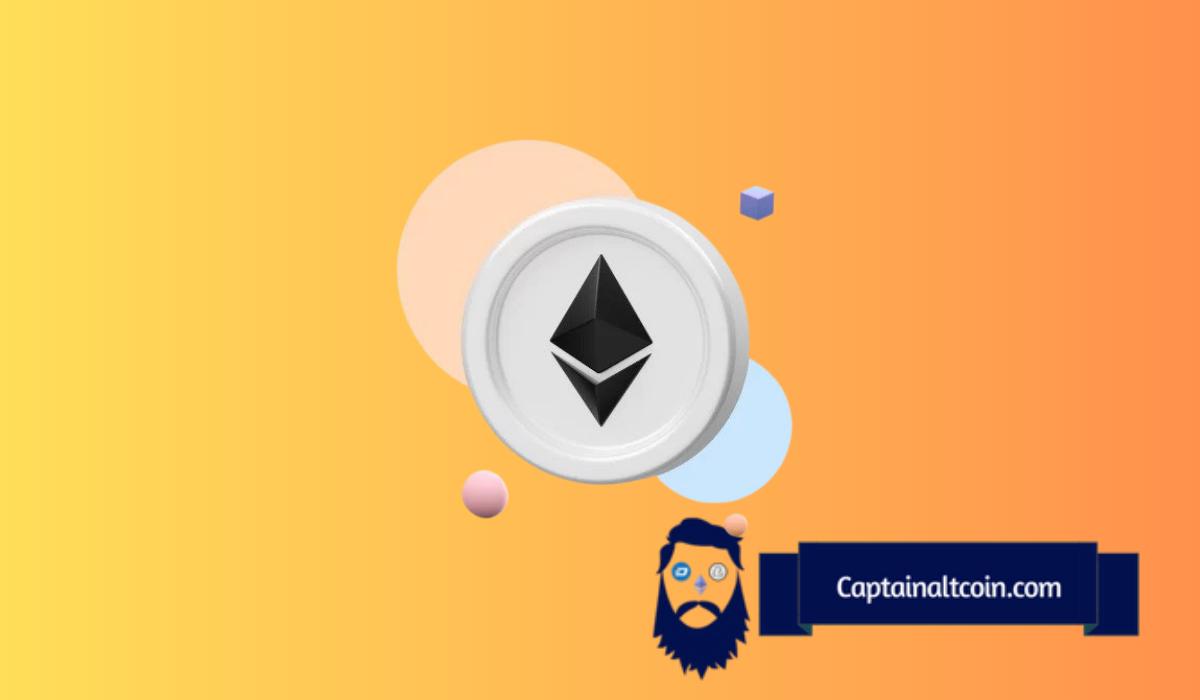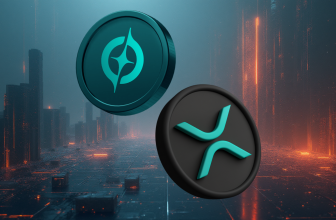
In a significant development for the Ethereum blockchain, a total of 3.5 million Ether (ETH) has been burned, representing a value of over $6.5 billion. This milestone is a testament to the effectiveness of Ethereum Improvement Proposal (EIP) 1559, which introduced the burning mechanism nearly two years ago.
The Ethereum blockchain, which currently has approximately 120 million ETH in existence, has seen the burned Ether amount to 2.92% of the current supply. This achievement is a clear indication of the ongoing evolution and maturation of the Ethereum network.
EIP-1559, a landmark upgrade to the Ethereum network, was launched on August 5th, 2021. It took 724 days for the network to burn 3.5 million ETH. The rate of burn was at its peak during the first six months following the introduction of EIP-1559, with 1.6 million ETH burned. However, the rate slowed down over the subsequent six months to 0.87 million ETH, and further decreased to 0.43 ETH in the following six months.
Despite this slowdown, the rate of burn has seen a slight uptick recently. Approximately 0.51 ETH has been burned in the 5.5 months since the Ethereum network reached the 3 million ETH burned milestone.
The Ethereum community is now speculating on when the network might reach the 4 million ETH burned milestone. Some suggest that, given the current rate, this could be achieved by the start of 2024.
Interestingly, when the Ethereum network reached the 3 million ETH burned milestone, the total supply of ETH was 122 million. Now, the total supply has decreased to 120 million, marking the first deflationary half-year period observed in the network’s history.
This milestone is a significant event in Ethereum’s journey towards becoming a deflationary asset. It underscores the network’s commitment to managing its supply effectively and provides a strong foundation for the future growth and stability of the Ethereum ecosystem.
Doge2014 raises 500K in days celebrating Dogecoin. Make potentially big profits and get in on exclusive airdrop!
Show more +What you'll learn 👉
How does the deflationary nature affect its price?
Ethereum’s deflationary nature refers to the decrease in the number of tokens in circulation. This decrease is largely due to the burning of tokens during transactions and the transition from Proof-of-Work to Proof-of-Stake consensus mechanism, which reduces the rate of new token issuance.
The deflationary nature of Ethereum affects its price in several ways:
Scarcity and Demand
The basic economic principle of supply and demand applies to cryptocurrencies like Ethereum. When the supply of a certain good decreases while the demand remains the same or increases, the price will generally rise. With Ethereum becoming more scarce due to its deflationary nature, the price of ETH is expected to increase, assuming the demand for ETH remains strong or grows.
Perceived Value
The perception of Ethereum as a deflationary asset can itself drive up its price. Investors may see Ethereum as a store of value, similar to how gold or Bitcoin is perceived. This perception can lead to increased demand, which in turn can drive up the price.
Hedge against Inflation
Cryptocurrencies are often viewed as a hedge against inflation. The deflationary nature of Ethereum, where the number of tokens decreases over time, contrasts with many fiat currencies, which tend to inflate over time. If investors are concerned about inflation, they may turn to assets like Ethereum, thereby increasing demand and potentially driving up the price.
However, it’s important to note that the cryptocurrency market is highly volatile and influenced by many factors. While Ethereum’s deflationary nature can contribute to an increase in its price, other factors such as regulatory changes, market sentiment, and technological developments can also significantly impact its price








